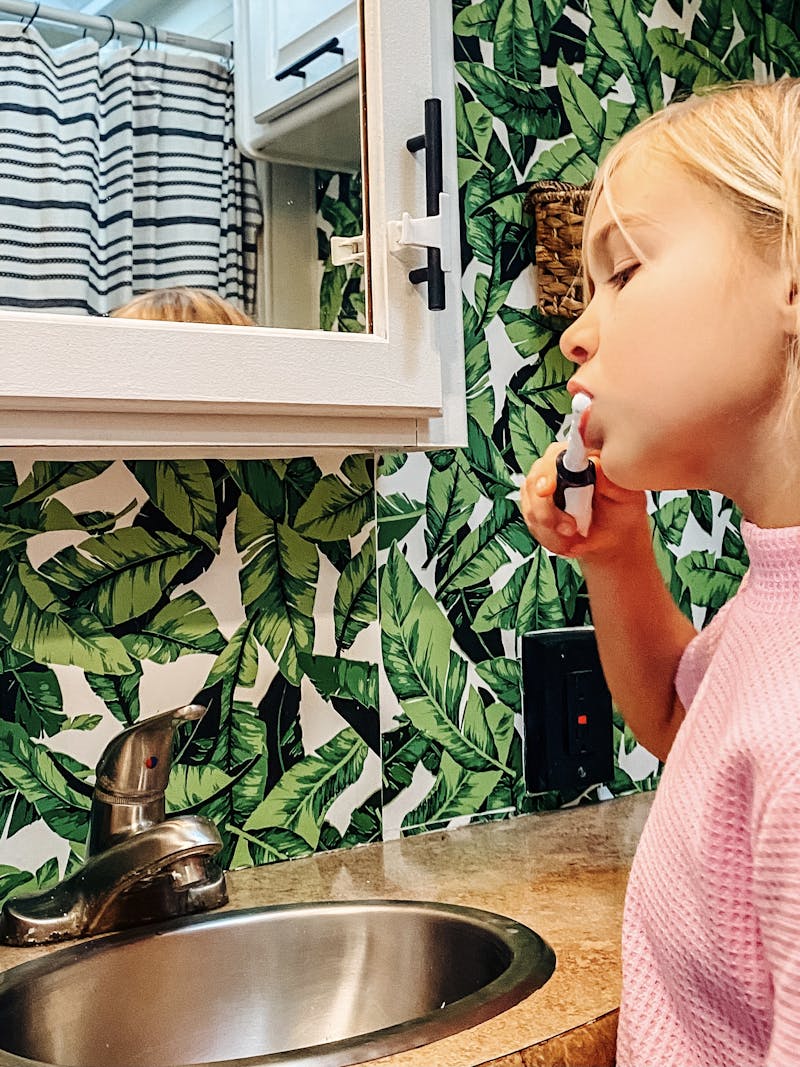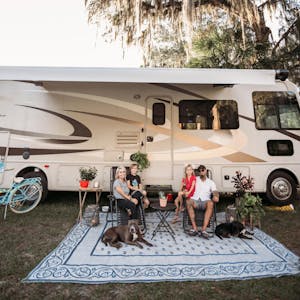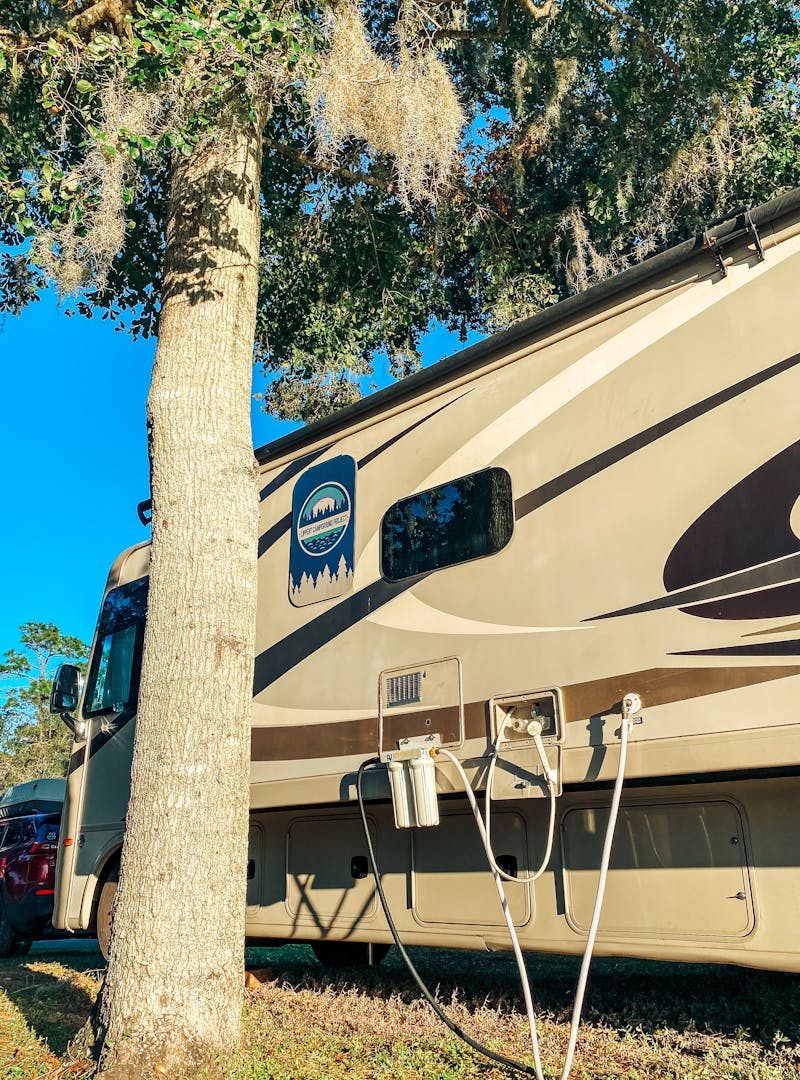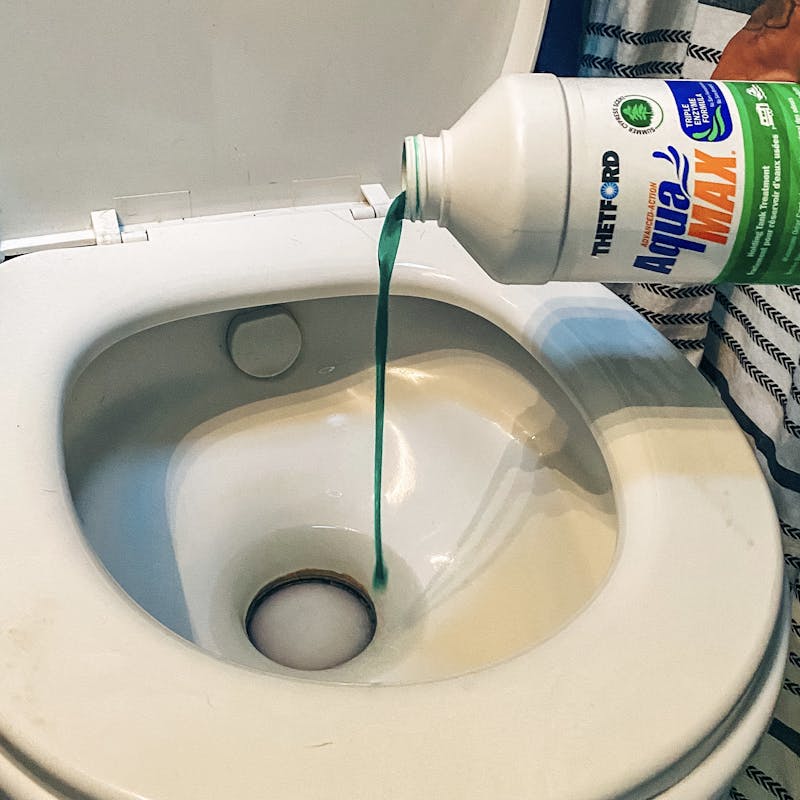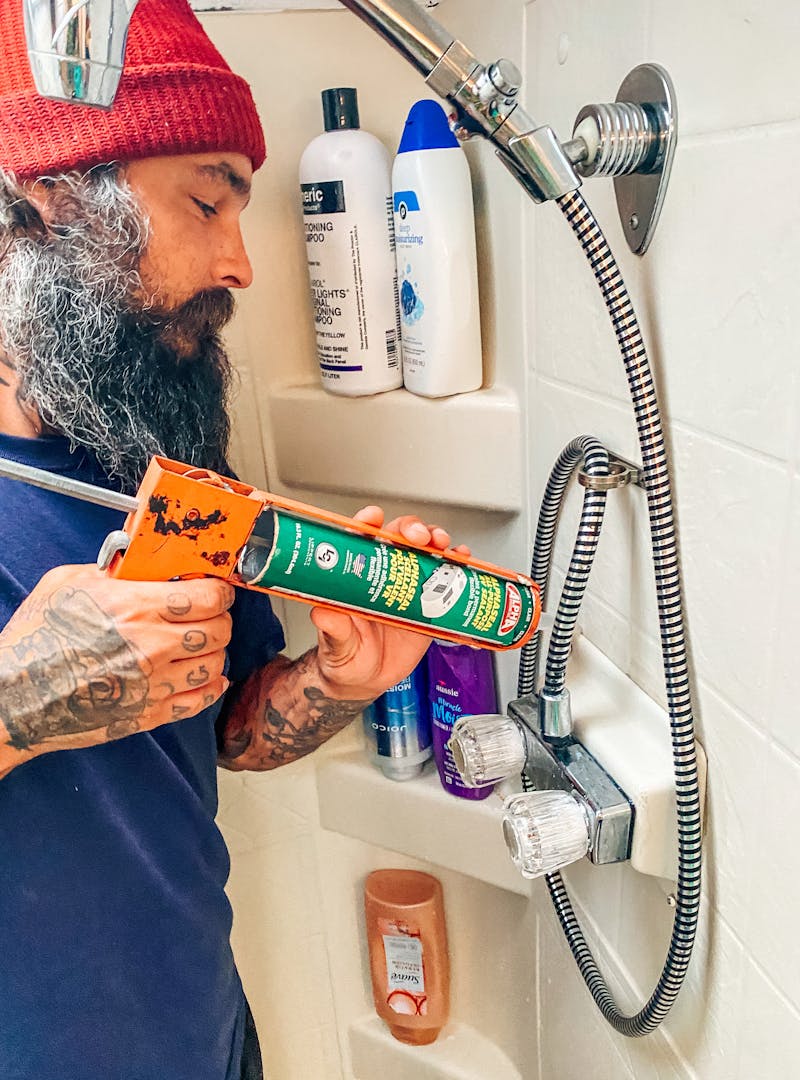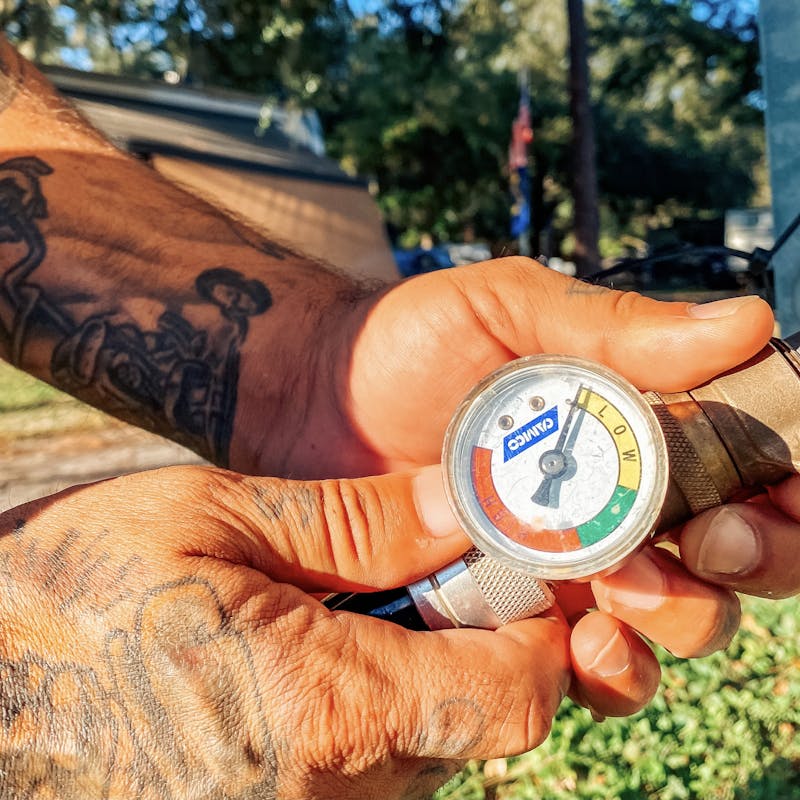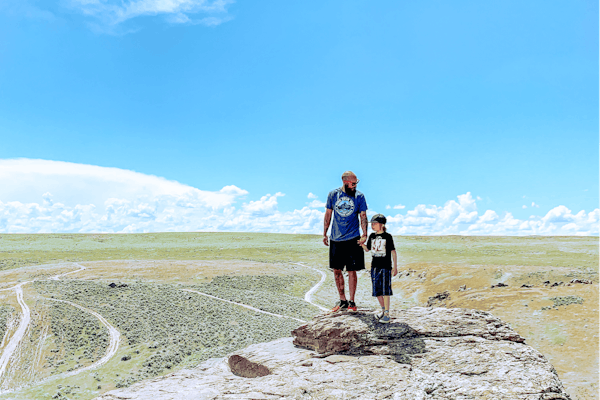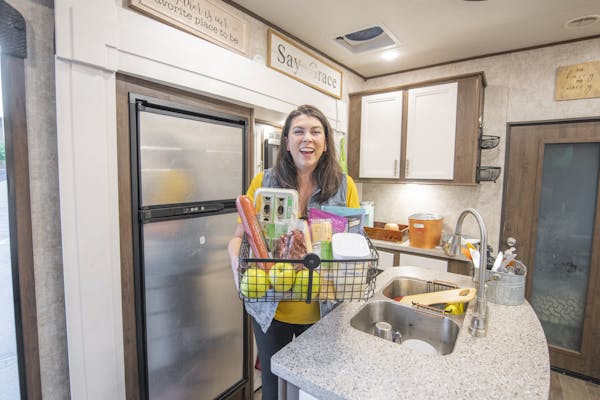Justin Russell is a disabled veteran who served in the US Army and completed three tours in Afghanistan. After his service, he worked for the US government’s Counterdrug Program and fought wildfires for the US Forest Service. After many years apart from his family, he now enjoys traveling in his Thor Motor Coach Hurricane with his wife Michelle, their kids, Jude and Jade, and the family pups, Dude and Belle.
Featured RV: Thor Motor Coach Hurricane
